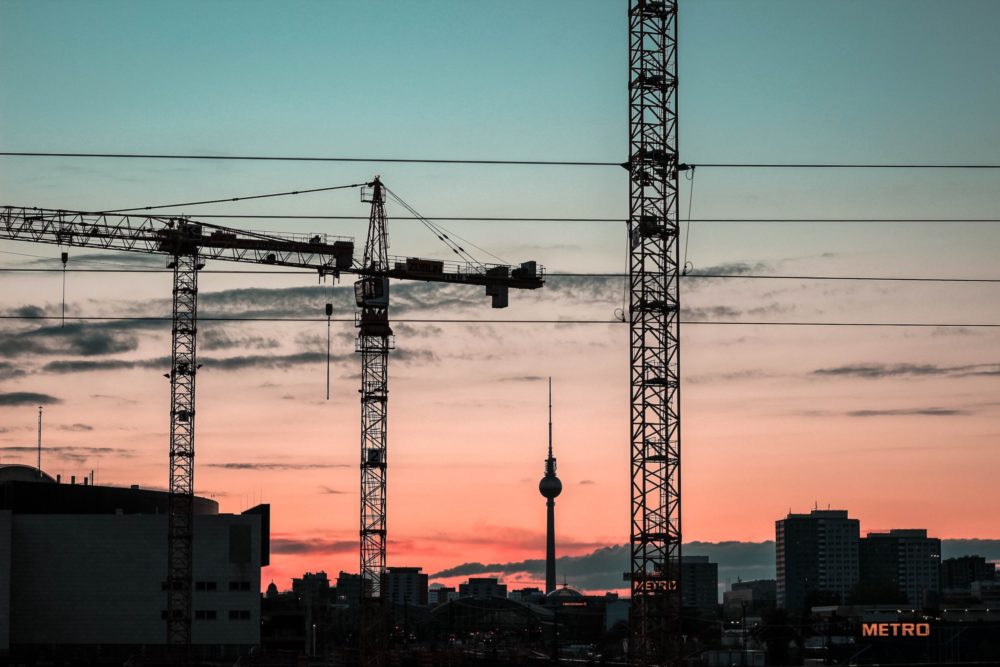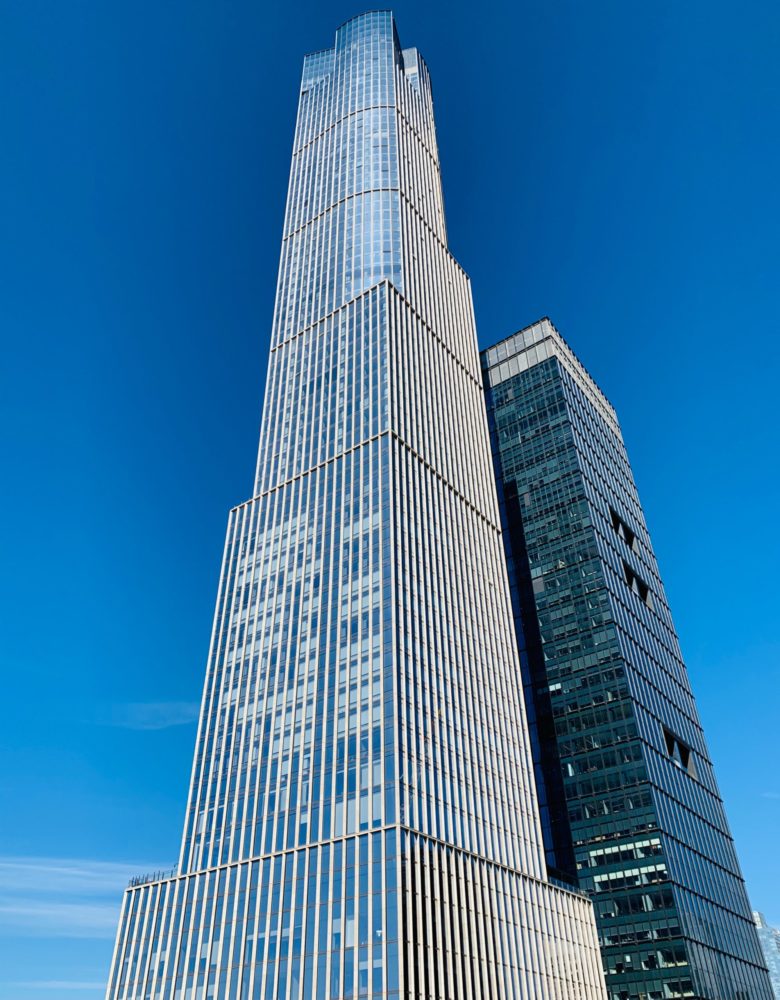Construction is on the rise across the United States. With construction projects in major cities starting on over $600 billion worth of real estate in 2018, there were 2.6 million jobs added to the construction industry that year. Across the country there are 30 cities that have over $5 billion worth of construction projects.
New York City has the most construction work in the nation with a value of $40.8 billion worth of projects. This is just shy of the combined total for Dallas ($22.3 billion) and Houston ($19.9 billion) which have the second and third most construction in the US. Other cities leading the way with construction projects are Washington, DC ($17.8 billion), Los Angeles ($14.5 billion), Boston ($14.3 billion), Atlanta ($14.1 billion) and Miami ($12.8 billion).
New York City leads the way in commercial, institutional, and multifamily construction projects. New York’s commercial construction value for the year is valued at over $13 billion, while its institutional and multifamily projects account for over $8.5 billion and $15.5 billion, respectively. New York City’s commercial projects alone eclipses all of Miami’s construction jobs combined.
While New York City maintains the lead in those subsectors, Houston and Dallas are the leaders for manufacturing and single-family projects. Houston accounts for nearly $2.7 billion in manufacturing value, and Dallas has also $11 billion in single-family projects. Overall, the states of California, Texas, New York, Florida, Washington, Illinois, Pennsylvania, Georgia, Ohio and North Carolina have all seen a large investment in the construction industry.
Unlike other sectors, the construction industry has remained relatively strong in spite of the COVID-19 pandemic. The industry has done well to adapt to the situation, by adding safety procedures for the workforce as well as engaging in new ways to train new recruits in light of the widespread shift to remote learning.
The construction industry played an integral role in the fight against the virus as crews worked at an accelerated pace to complete in-progress hospitals, emergency rooms, and converted places such as convention centers into temporary medical facilities to house more patients as existing hospitals had reached capacity.
While the industry most certainly has to recover from the pandemic like any other, there are also many new opportunities for it ahead as architects and design teams will most certainly be taking pandemic preparedness into account as they conceive future projects, particularly offices, factories, and other places where many people gather.



